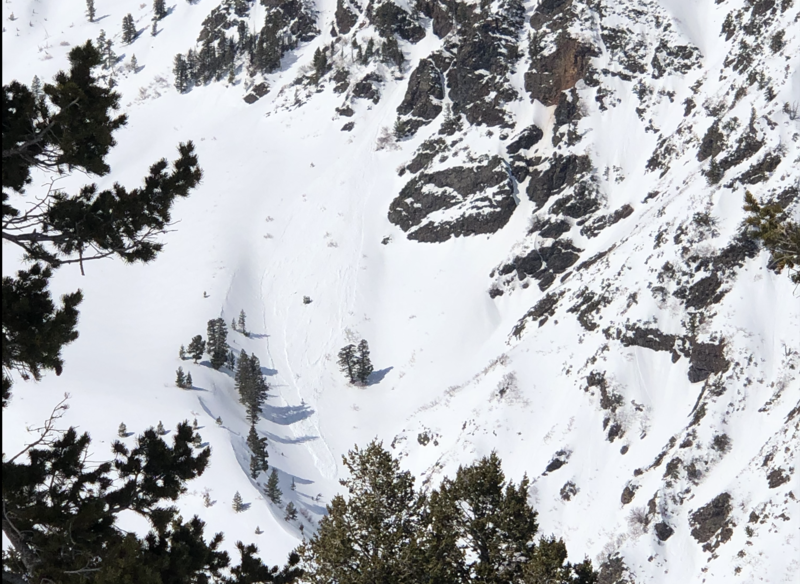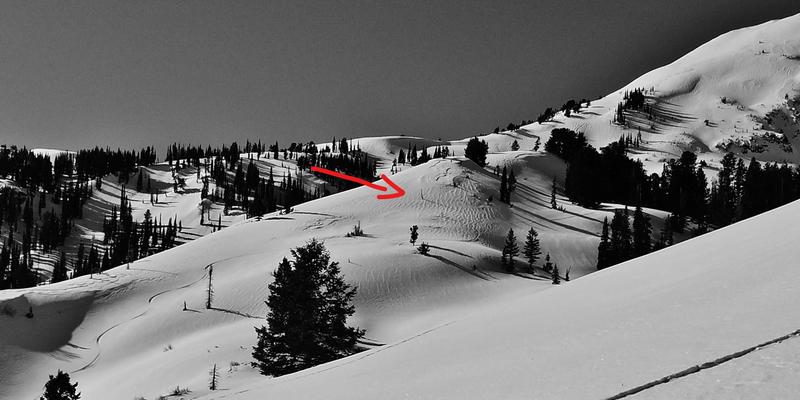Discounted lift tickets - Thanks to the generous support of our Utah ski resorts and Ski Utah, all proceeds from these ticket sales go towards paying for avalanche forecasting and education! Get your tickets
here.
The UAC's Avy Awareness Auction is currently underway with tons of great gear, jewelry, artwork and experiences available. Visit the auction page
HERE to help support the UAC's spring avalanche awareness and outreach efforts.
A new version of the UAC IOS application is now available on the Apple App Store. This version fixes many of the issues that occur when running IOS 13.
Download it now!
Yesterday, temperatures were much warmer than previous days, hitting highs between 40-42 F in the mountains. The winds were light and southwesterly throughout the day, and the cloud cover moved in and out throughout the day letting in periods of sun.
This morning, mountain temperatures in the upper 20s F at trailheads, and low 20s F at ridgetops. Winds are northeasterly and generally light averaging 5-15 mph at mid-elevations. At the highest elevation, ridgetops gusts are 27 mph.
Today will be another sunny and warm one before a quick-hitting cold front moves through Northern Utah. Skies will be clear, and winds northeasterly in the morning and average 5-15 mph with gusts below 25 mph at mid-elevations. Upper elevation ridgelines will average 10-20 mph with gusts up to 40 mph. Throughout the day the winds will shift to northwesterly and increase into the evening as the temperatures drop. With the cold front, the Ogden area mountains could get 1-3 inches of snow.
Yesterday's warm temperatures and high cloud cover lead to a few small wet-loose avalanches and roller balls in the backcountry and in resorts.
Photo of wet loose activity on steep terrain on
Cutler Ridge yesterday (Photo: Ben)









